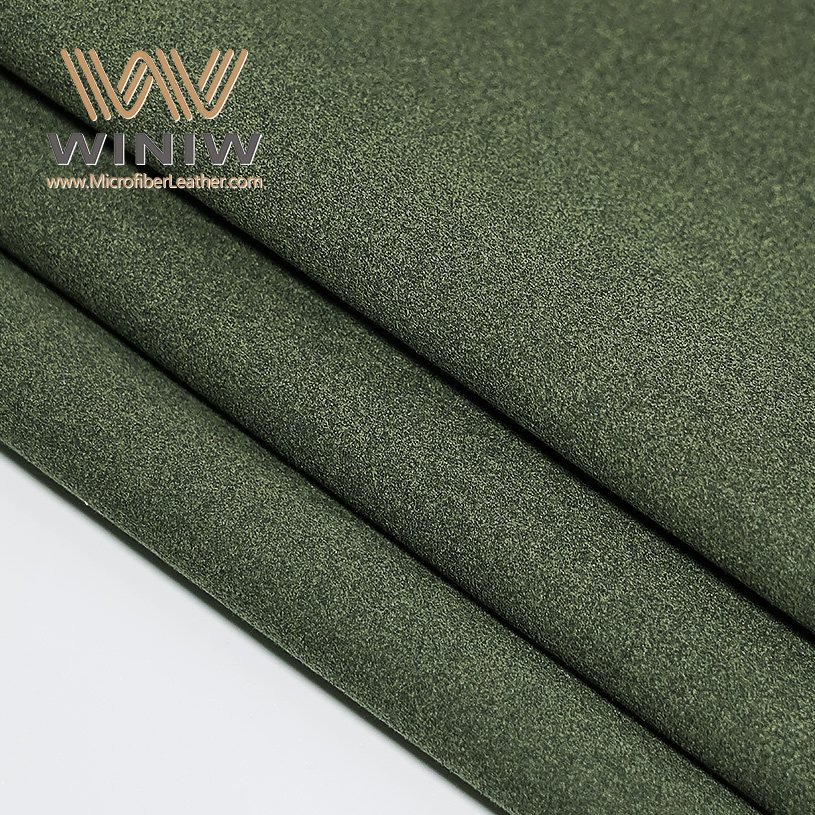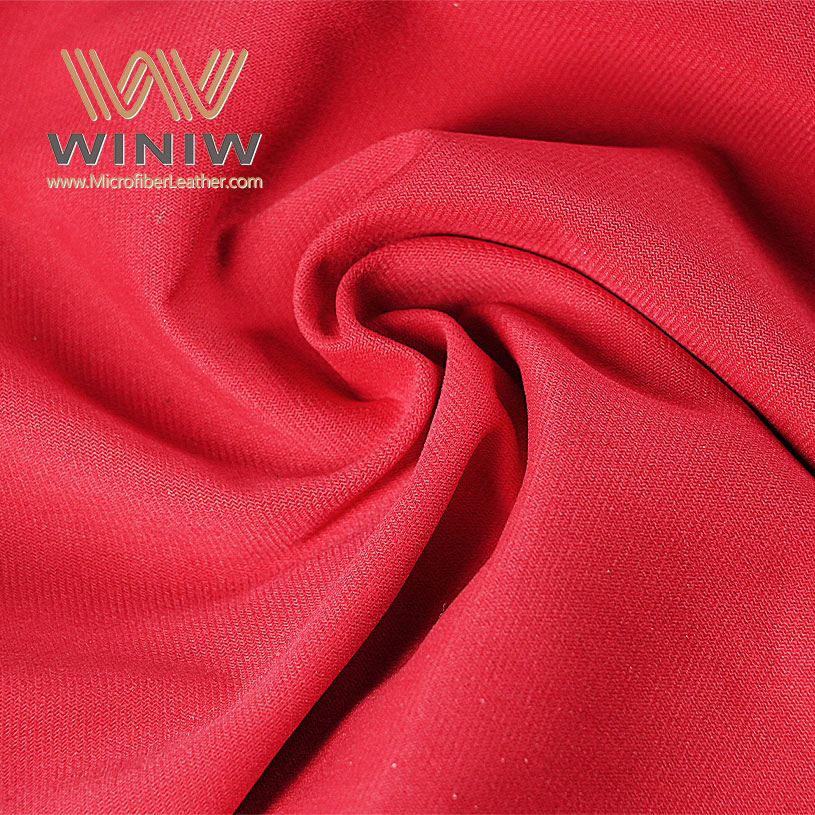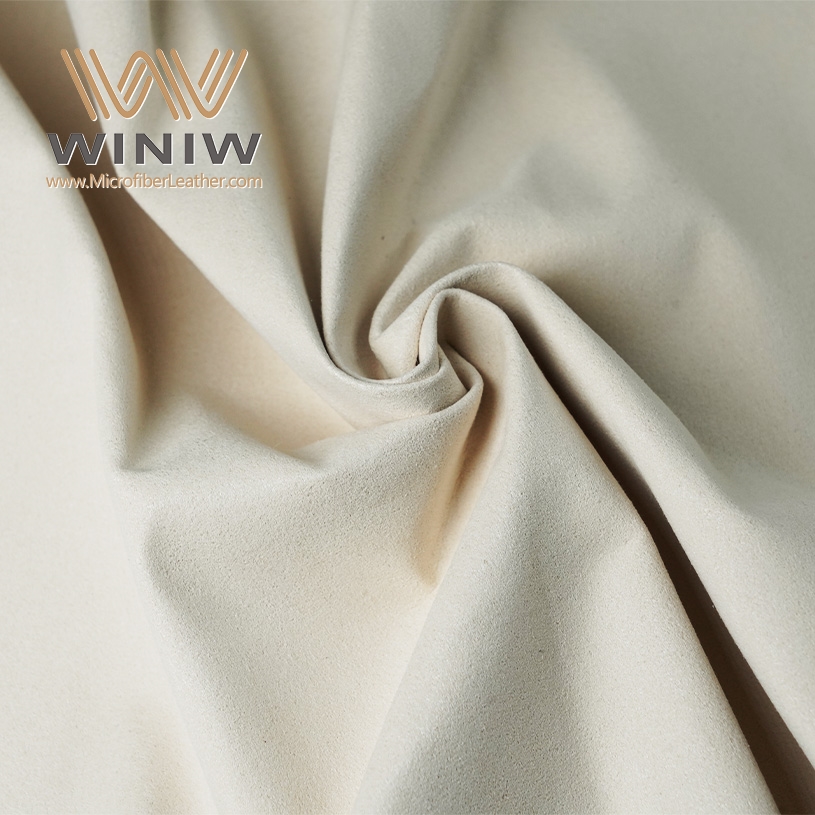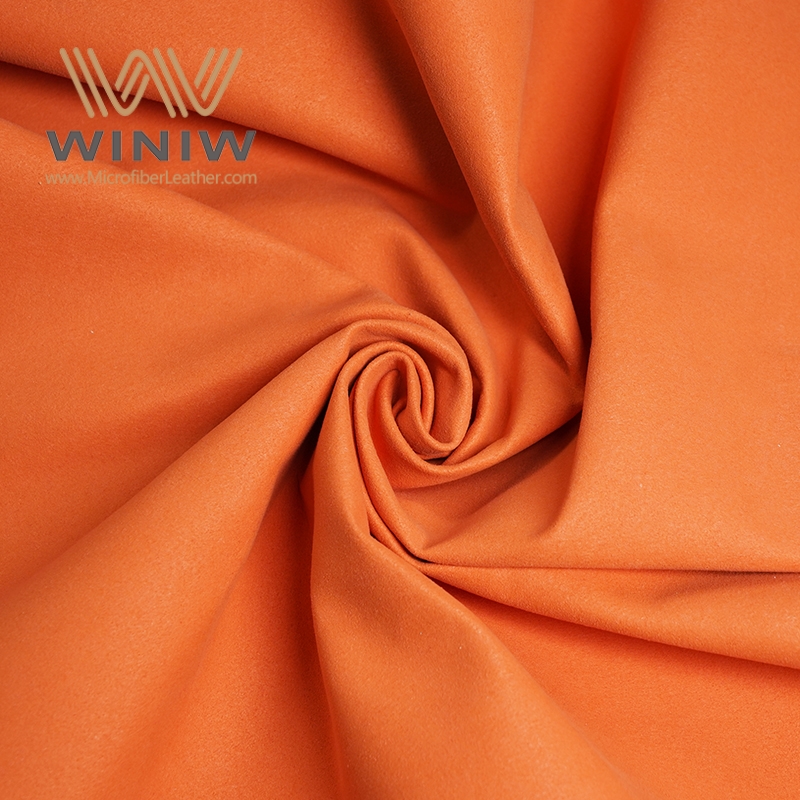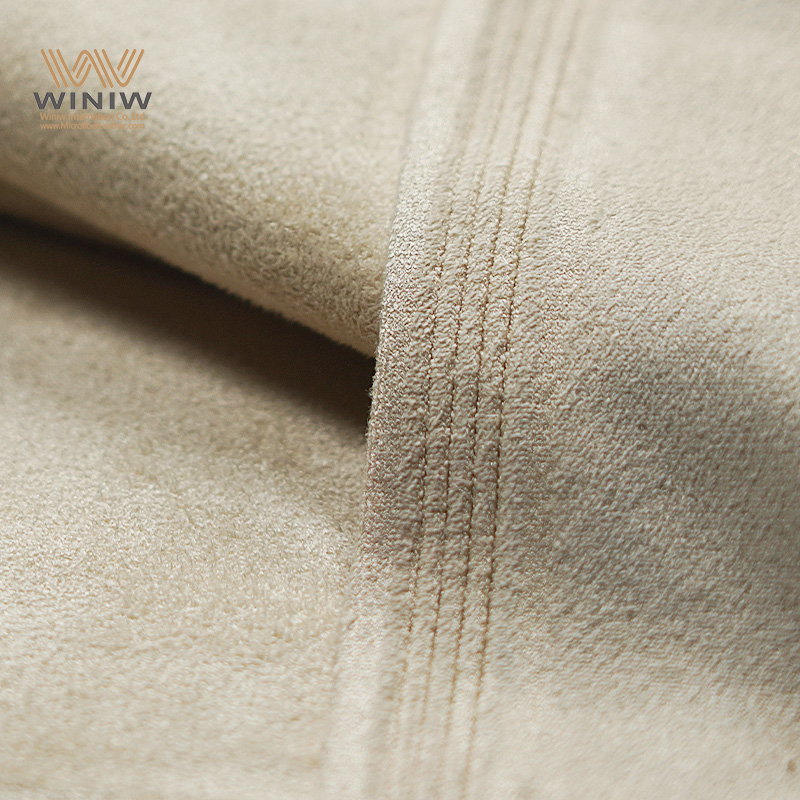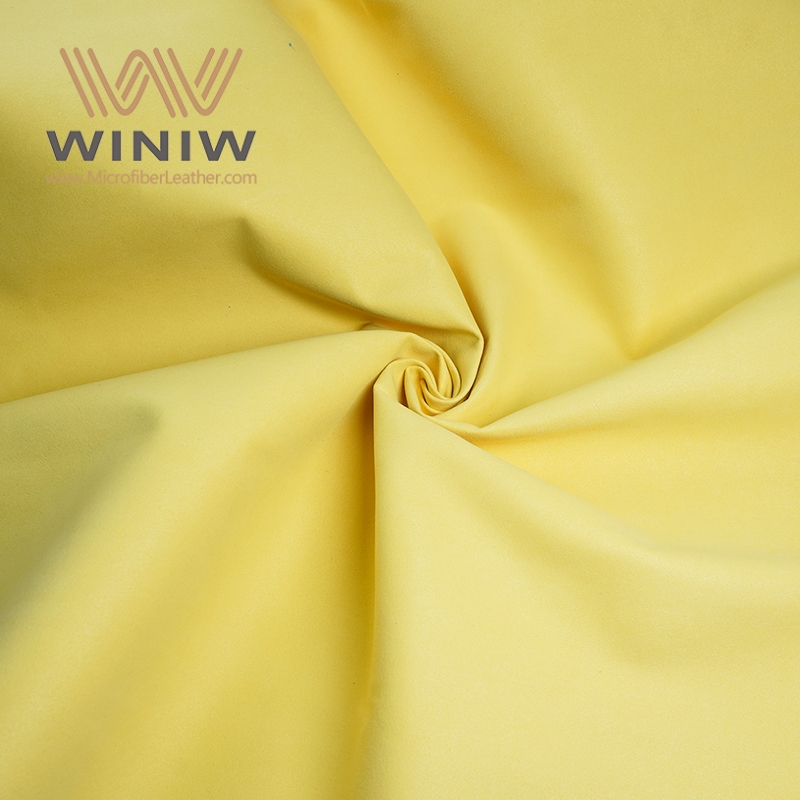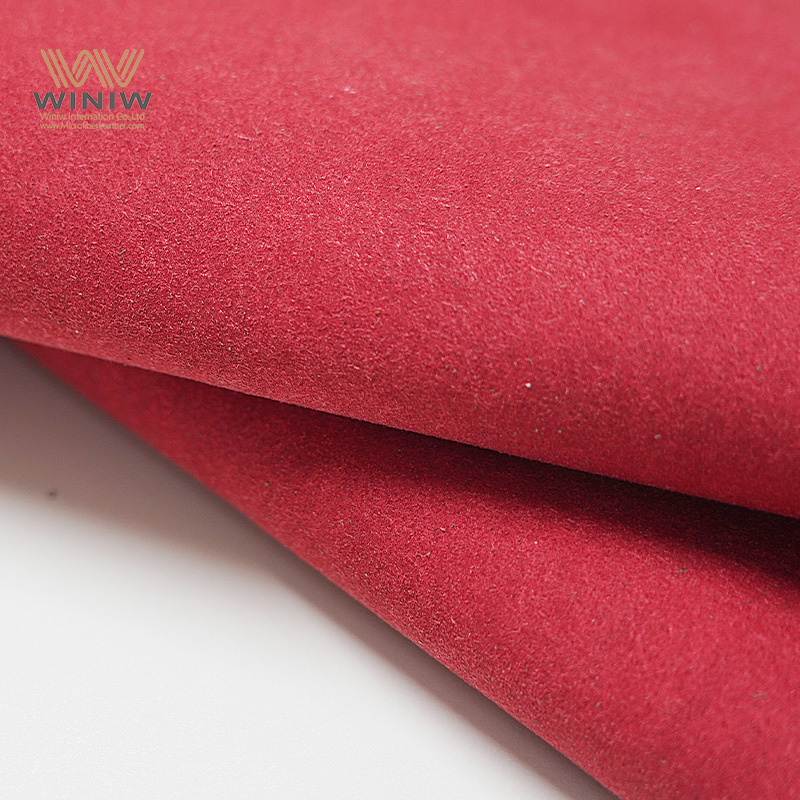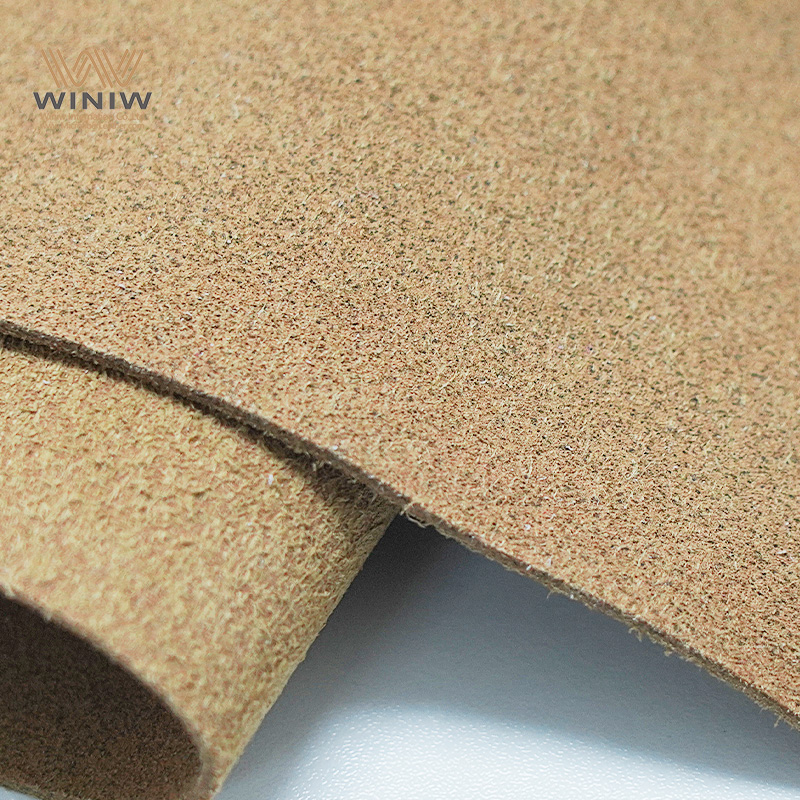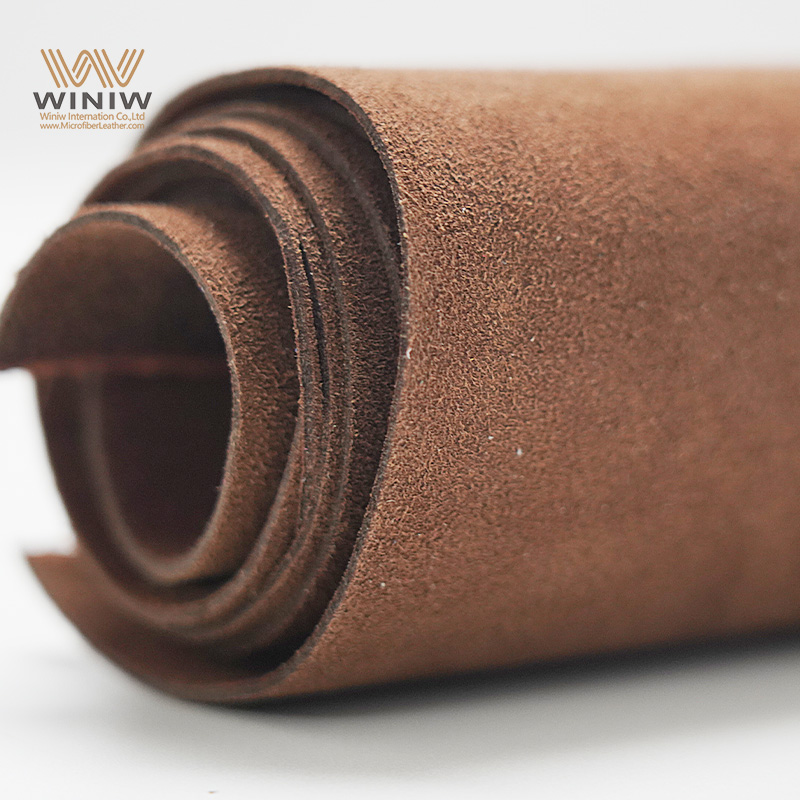What is the fake suede called?
Let’s dive into what fake suede is called. Fake suede goes by a few names, and the most common one is microsuede. But there are others too, like faux suede or synthetic suede.
First, let’s talk about microsuede. Microsuede is a type of fabric that looks and feels a lot like real suede. It’s made from synthetic materials, usually polyester or a blend of polyester and other fibers. The “micro” in microsuede comes from the fact that it’s made of very fine fibers. These fibers are woven together to create a texture that’s soft and fuzzy, just like real suede.
Faux suede is another term. “Faux” means fake in French, so faux suede is basically fake suede. It’s a general term that people use to describe any material that imitates the look and feel of real suede. So, microsuede is a type of faux suede, but not all faux suede is microsuede. Faux suede can be made in different ways and from different materials, but the goal is always to mimic real suede.
Synthetic suede is also used to refer to fake suede. This name makes sense because it’s a synthetic (man - made) version of suede. Just like microsuede and faux suede, synthetic suede is designed to have the appearance and texture of real suede without using animal hides.
Now, let’s think about why these names exist. Real suede is made from the underside of animal skins, like cowhide. But using real suede has some drawbacks. It can be expensive, it needs special care, and some people don’t want to use animal products. So, manufacturers came up with these fake suede materials.
Microsuede became popular because it has some advantages over real suede. It’s usually more durable. Real suede can be easily stained and damaged by water, but microsuede is more resistant to stains and moisture. It’s also easier to clean. You can often just wipe it down with a damp cloth, which makes it a great choice for things like car interiors, furniture, and clothing.
Faux suede is a broader term that covers a range of imitations. It can be used in all sorts of products, from jackets to upholstery. The quality of faux suede can vary. Some are very high - quality and look almost identical to real suede, while others are more obviously fake. But in general, faux suede has made it possible for more people to enjoy the look and feel of suede without the cost or ethical concerns of real suede.
Synthetic suede is a bit more technical - sounding. It emphasizes that the material is synthetic. This can be important for people who are looking for vegan alternatives to real suede. Since it’s made from synthetic fibers, it doesn’t involve any animal products.
Let’s look at how these fake suedes are used. In the automotive industry, fake suede is used a lot. Just like real suede, it can be used for seats, door panels, and headliners. But because it’s more durable and easier to clean, it’s a popular choice. Car manufacturers like using microsuede or faux suede because it gives the interior a luxurious look without the maintenance hassle of real suede.
In fashion, fake suede is everywhere. You can find faux suede jackets, skirts, and shoes. They’re often more affordable than real suede items. And for people who follow a vegan lifestyle, fake suede is a great option because it doesn’t use animal skins.
Furniture is another big area for fake suede. Couches, chairs, and ottomans with microsuede or faux suede upholstery are common. They look stylish and are easy to clean, which is perfect for families with kids or pets.
Now, let’s talk about the differences between these terms. Microsuede is a specific type of faux suede. It’s known for its very fine fibers, which give it a particularly soft and smooth texture. Faux suede is a more general term that can include microsuede and other synthetic suedes. Synthetic suede is just the umbrella term for all man - made suede imitations.
Another thing to consider is the manufacturing process. Microsuede is made by splitting polyester fibers into very fine strands and then weaving them. This creates a fabric that’s dense and has a similar nap (the fuzzy surface) to real suede. Faux suede can be made using different methods, like coating a fabric with a suede - like finish.
The advantages of fake suede are plenty. As we mentioned, it’s more durable and easier to clean than real suede. It’s also usually cheaper. This makes it accessible to a wider range of consumers. And for those concerned about animal welfare, fake suede is a cruelty - free option.
But there are some drawbacks too. Some people say that fake suede doesn’t have the exact same feel as real suede. Real suede has a certain authenticity and softness that’s hard to replicate perfectly. Also, some fake suedes might not be as breathable as real suede. In hot weather, a microsuede jacket might make you sweat more than a real suede one.
However, technology is constantly improving. Manufacturers are getting better at making fake suede that’s closer to the real thing in both look and feel. Newer versions of microsuede and faux suede are becoming more and more like real suede, while still keeping their advantages.
In conclusion, fake suede is known by names like microsuede, faux suede, and synthetic suede. Each name has its own nuances, but they all refer to materials that imitate real suede. These materials have become popular in many industries because of their durability, ease of cleaning, and affordability. Whether you’re looking at a car interior, a fashion item, or a piece of furniture, chances are you’ll come across one of these fake suede materials. And as technology advances, they’ll only get better at mimicking the real thing while offering their own unique benefits.


